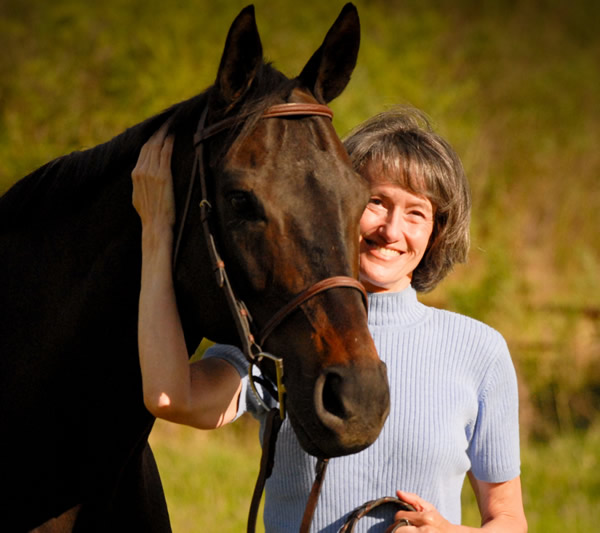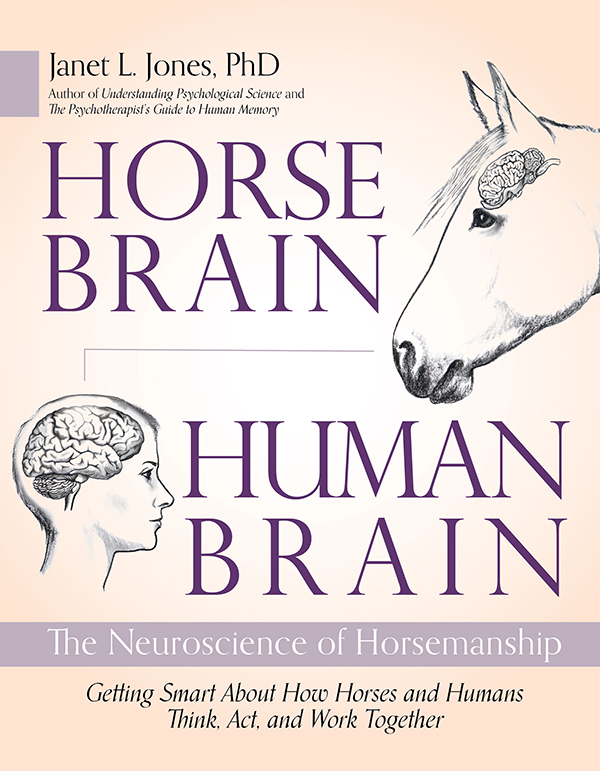TRUE TRAINING 110 - Observation
If you want to get to know your horse better—or horses in general, for that matter—one of the best activities is observation. People tell me they wish their horses could talk, to communicate their needs and thoughts and instincts clearly to us humans. And I respond, there is no need for horses to talk. Each horse is communicating with us, other people, and equine friends, all the time. We humans just have to learn to observe.
Because humans rely on speech for most of our communication, we tend to think that vocalization is the most important form of conversation. Why? Because we do it. A horse whinnies or nickers, blows or snorts, and we think--aha! He is sending a message. And he is. But in fact, for horses, body language is much more frequent and informative.
Just sit back some day and watch your horse interact with the others in a pasture or turnout. At first, it looks like no communication is occurring. A friend tells me, “Yeah…, well, they’re all just standing out there chewing grass.” But look more closely. See that swish of a tail? Was that a fly? Or was it a message?
Use some fly spray, or conduct your first observations in fly-free weather, just to rule out that problem. Now observe the tiny glances among horses, the movement of one foot to the left or right, the opening of a nostril, the position of one horse with respect to the others while they graze. Identify which horses stand close to each other—that’s a privilege offered to affiliated friends and not to other members of the herd. Why did that horse just pause in his chewing? Watch bonded affiliates groom each other—nuzzling, scratching, cleaning their backs and skin. Keep your eyes open when one horse notices something unusual—what do the others do? And in what order?
Once you realize just how subtle equine body language is, you’ll see it everywhere. When a horse moves a foot in the cross-ties, she does so for a reason. There’s a message in that movement; it’s not random or accidental. When she perks her ears up, holds her tail next to her body, or widens her eyes just slightly, she’s conveying her attention and emotion. Everything is meaningful!
If you want to know more, you can add something new to the observation area—a cardboard box or a broom, something that can’t hurt the horses and that isn’t wonderful enough to fight over. For example, True has had a mineral block in his barn for a year and has never touched it. So I got him a white salt block instead—which he likes better—and moved the mineral block to his pasture where a dozen other geldings can share it. Then I watched.
This is a 30-acre pasture with ponds, creeks, thick tall grass, hills, and some trees; it’s huge. When I first set the block down, no horses were nearby. I would have sworn none of them saw me. But within 60 seconds, Mac approached the block. Ears pricked, head down, eyes on the prize, this horse was fascinated. He sniffed it carefully, then took an exploratory taste. Mmmmm, not bad! After another 60 seconds, two other horses approached, then four. They all stood in a half circle and watched as Mac cornered the mineral block market. Curiosity was intense; these horses had advanced from 500 yards away, abandoning a pasture full of deep green grass for an unknown block that was barely visible. But they could see Mac’s interest.
Mac allowed his closest friend to approach and lick the block while he was still working on it. A third horse approached, and Mac shut him down instantly by moving his hind feet three inches to the right, explaining to the newcomer that he was not welcome. As more of the horses approached, Mac moved away and let others move in. At one point, a very brief scuffle occurred—a couple of horses without privilege tried to move in on the block, and the others said no. Those commands were instantly obeyed. And so on, a living drama of communication and activity, moment by moment.
Near the location of the mineral block was a large rock used to hold the gate open when necessary. It’s been there for years. It’s almost the same size and color as the mineral block, but rounded in shape. One of the horses who was shunted away from the mineral block approached the rock and sniffed it. Just to be sure it hadn’t morphed into a mineral block overnight, I guess.
This is just one example of a very simple scene that tells us a lot about our equine buddies. True communicates with me every moment we are together. Your horse is probably trying to do the same with you. We just need to develop the knowledge to understand what we are seeing.

